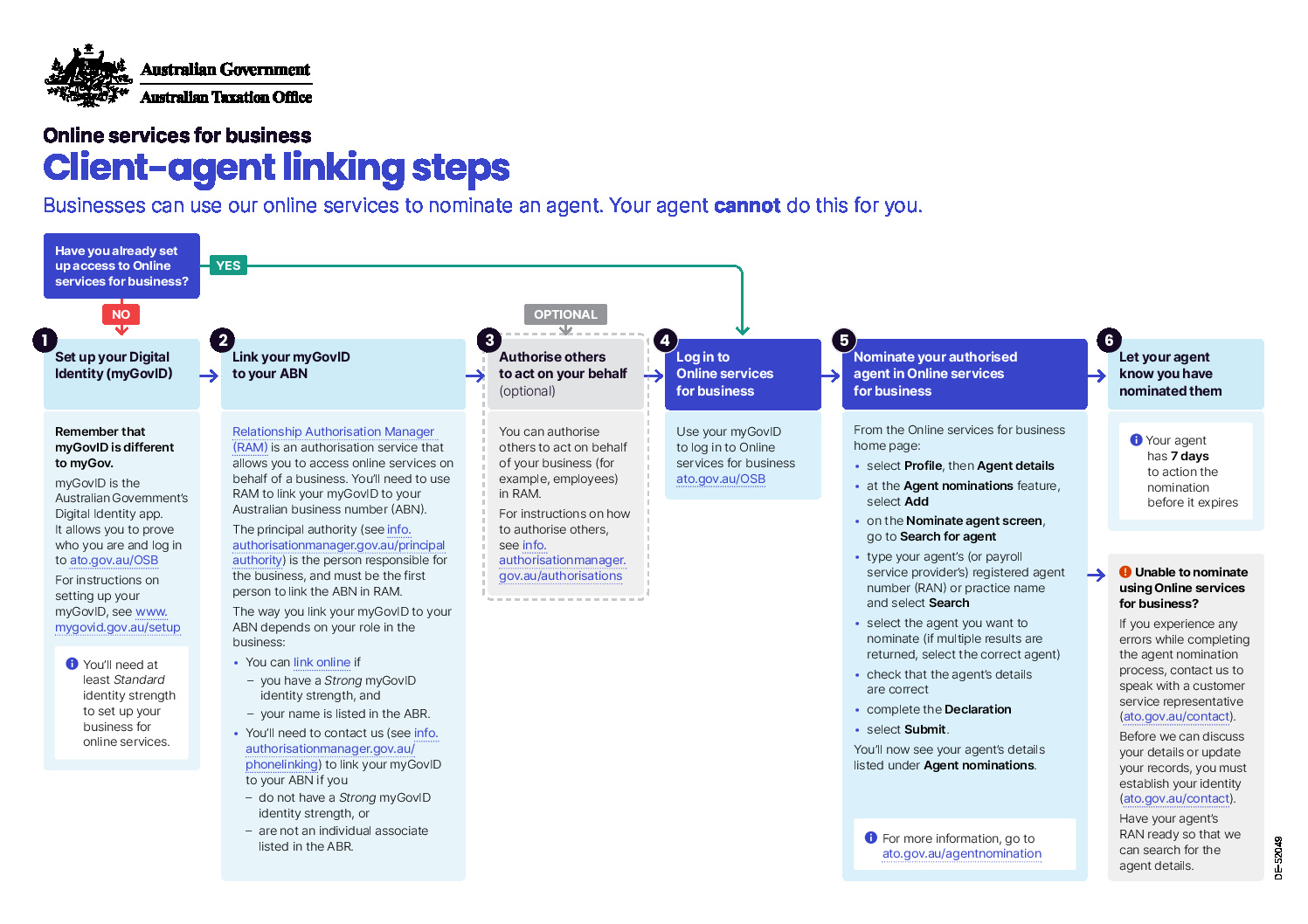With falls in shares this week, the ASX has officially entered a ‘bear market’. That ‘event’ gives plenty of fodder for news channels as they seek expert commentary from all and sundry on what it means for investors.
It is of course, just a matter of semantics, but let’s classify a bear market. A bear market simply indicates that a market has declined at least 20% from a previous peak. Another term often heard in financial circles, is ‘correction’ which means that an asset or market has fallen by 10%.
This week, the ASX hit that level of 20% down from its prior peak, reached in April 2015. We call it semantics because it is just a label. Does it matter if stocks are down 19% or 20%, both hurt just as much! But what happens when we cross into bear market territory? Does it portend something much worse?
Advice that is useful
Most of what we see in the media is designed for maximum sensational value, rather than educational value. Journalists and reporters are looking for a story, and often their interviewee is an economist working for a financial institution. The economist’s job description doesn’t include scaring already nervous investors, so their commentary is normally fairly sanguine.
None of those sources have any idea about your personal circumstances, or how your portfolio is positioned, and that is why there is no substitute for personalised advice.
Lessons from history
What is useful here is an examination of bear market history, so that we have an idea of what the future has held following previous bear markets.
Our last update focused on the forward 3 & 5 year return numbers from that point where the Australian share market is down 20%.
We’ve now taken a deeper dive into the last seven bear markets, to consider the outcome for investors who invested (or held on) from the start of the nearest month to the bear market event. We find that in three cases, the bear market was over within one month of being ‘declared’. In two of those three times, the additional downside was less than 5%, while in the other (November 1987), the market fell a further 15.3%.
In another three occurrences (1990, 1994, 2011) the market bottomed out within three months, with further losses of 13.06%, 4.05%, and 13.95% respectively.
The big outlier was the 2008 bear market, when the bear was only getting started at 20%. On that occasion the ASX declined a further 43.35% to the final low 11 months later, but that led to an explosive 55% rally in the following 7 months.
| The bear is awake – what next? | ||||
| Month nearest bear confirmation | Return 3 yrs post bear p.a. | Return 5 yrs post bear p.a. | Subsequent fall post bear confirmation | Months from bear confirmation to bottom |
| 1/11/1987 | 6.12% | 7.01% | -15.30% | 1 |
| 1/10/1990 | 16.98% | 13.46% | -13.06% | 3 |
| 1/12/1994 | 2.43% | 14.42% | -4.05% | 3 |
| 1/11/1997 | 13.66% | 8.07% | 0.00% | 0 |
| 1/03/2003 | 26.09% | 19.70% | -4.22% | 1 |
| 1/03/2008 | -0.26% | 2.85% | -43.35% | 12 |
| 1/08/2011 | 13.48% | -13.95% | 3 | |
Averages
Here are some averages looking forward from the declaration of a bear market.
Months to the bottom once the ASX is already down 20%
3
Further downside once the ASX is already down 20%
-13.42%
Three year forward return once the ASX is already down 20%
11.21%
Five year forward return once the ASX is already down 20%
10.92%
Conclusion
It can be tempting to jump out of your investment position now, with the hope of getting back in later at a lower price, or once the situation is clearer. But that too is fraught with danger, and the theory is much easier than the practice. What if we get a 10% rally over the next two months starting from the day after you sell? You sit there in disbelief for two months, and then figure that this was one of those times when the market was only going down 20%, so you buy back in at that increased price. Then things rollover again, and markets fall another 20% over the next three months. Finally you capitulate, declaring the market to be rigged, and give up on equity investments, retreating to the security of term deposits for another 5 years until near the end of the next bull market. As Mike Tyson said, ‘Everyone has a plan ’till they get punched in the mouth’.
We have observed this scenario many times when people underestimate the capacity of the market to confound us with its short term movements. Know your opponent. The bear is fearsome while he is awake, but we also know that he is only awake for a limited time. Control your emotions along with your risk. Be aware of history, knowing that while it doesn’t repeat exactly, it does rhyme.













